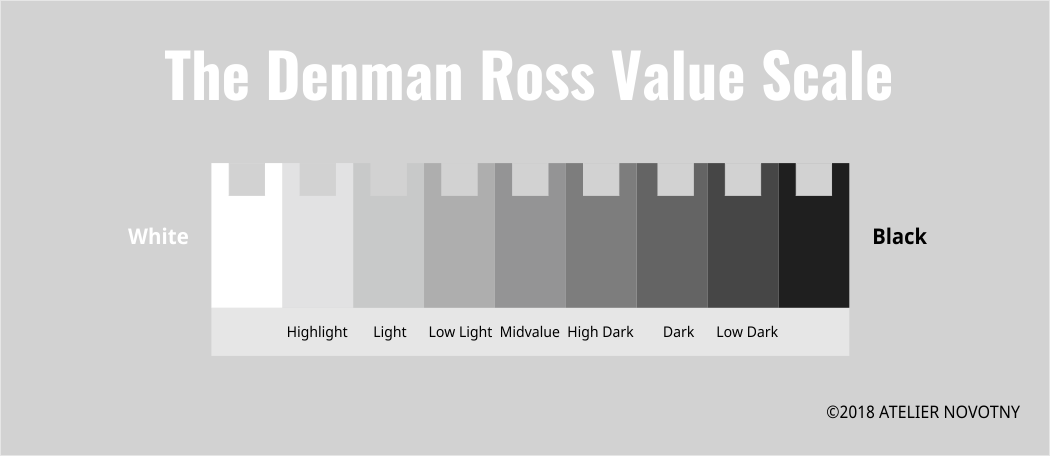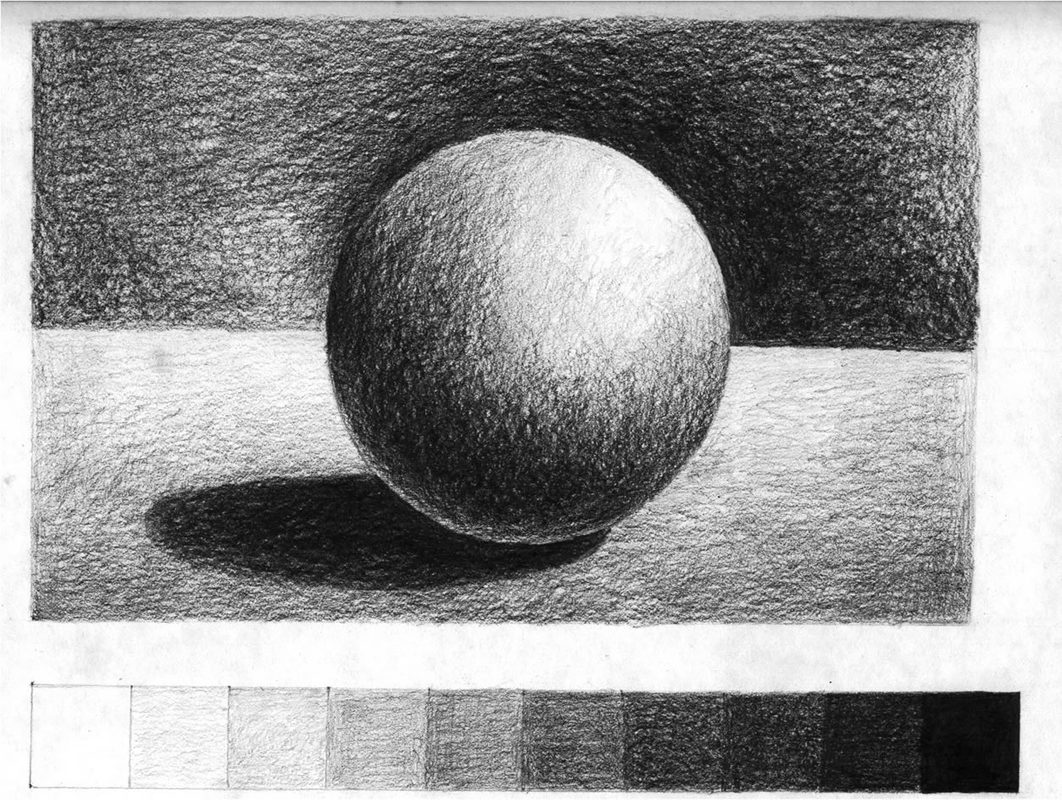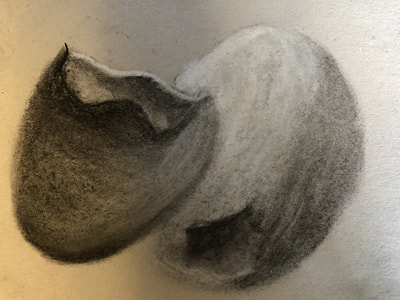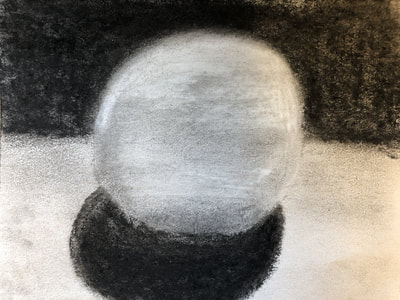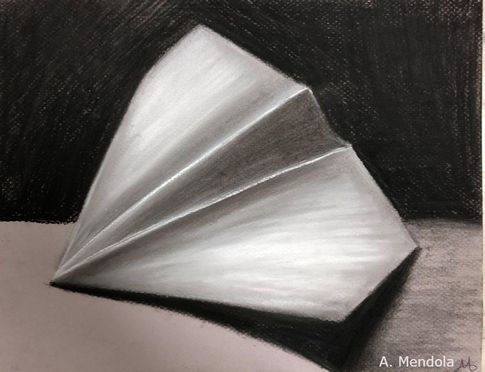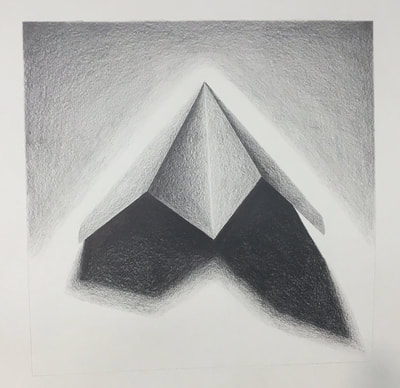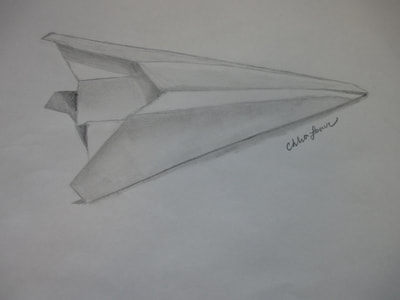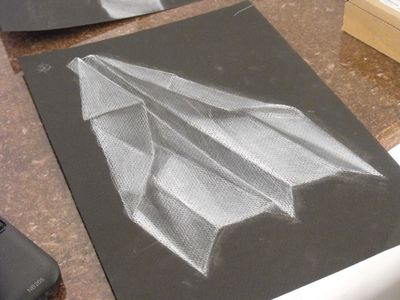Value:
Value is one of the most important elements of art. It pertains to the lightness or darkness of colors.
Value deals directly to light. Light reflects off of objects and goes into our eyes, allowing our mind to process the light and what it is we are seeing, hence why value is so important.
When an artwork has a full range of values; darks, middle tones, and lights, the art will be more aesthetically pleasing to the eye.
Value Scales are tools used to identify the specific tones. It is usually a long rectangle divided into three or more segments. The segments show a transition of a color going from the lightest tone on one end, to the middle tone, to the darkest tone on the opposite end.
Value also allows for the viewer to see where the light is hitting an object, called the highlights and the opposite, where the light does not hit an object, called shadows.
This allows the artwork to become more realistic and more recognizable to the viewer.
Value deals directly to light. Light reflects off of objects and goes into our eyes, allowing our mind to process the light and what it is we are seeing, hence why value is so important.
When an artwork has a full range of values; darks, middle tones, and lights, the art will be more aesthetically pleasing to the eye.
Value Scales are tools used to identify the specific tones. It is usually a long rectangle divided into three or more segments. The segments show a transition of a color going from the lightest tone on one end, to the middle tone, to the darkest tone on the opposite end.
Value also allows for the viewer to see where the light is hitting an object, called the highlights and the opposite, where the light does not hit an object, called shadows.
This allows the artwork to become more realistic and more recognizable to the viewer.
|
|
Do Now:Watch the video to the left called Elements of Art: VALUE
Answer the following questions in your sketchbook after you have watched the video. Please be sure to have today's date and the title VALUE at the top of the page. This is a Do Now grade worth 25 points
|
Class Assignments:
There will be a number of stations; value scales, egg shell station, strofoam balls station, seashell station, and a fruit station.
The lighting will be different at each station, casting different shadows. DO NOT TOUCH THE LIGHTS OR THE OBJECTS BEING DRAWN!
Using the appropriate charcoal materials, you will be drawing each object as realistically as you can, applying your knowledge of value.
The lighting will be different at each station, casting different shadows. DO NOT TOUCH THE LIGHTS OR THE OBJECTS BEING DRAWN!
Using the appropriate charcoal materials, you will be drawing each object as realistically as you can, applying your knowledge of value.
Your Mission:
|
For this project, you will apply the drawing skills learned from the previously lessons and use them to sketch a paper airplane from observation using charcoal. It is your mission to draw the paper airplane using a full range value scale, allowing the viewer to see where the folds of the plane are, the highlights (where the light is hitting the paper), and the shadows (where the light is not hitting the paper)
A value scale should be (neatly) included on one side of your drawing, with the appropriate amount of tones used to create your masterpiece. Be sure to:
Rubric:
| |||||||
Proudly powered by Weebly

